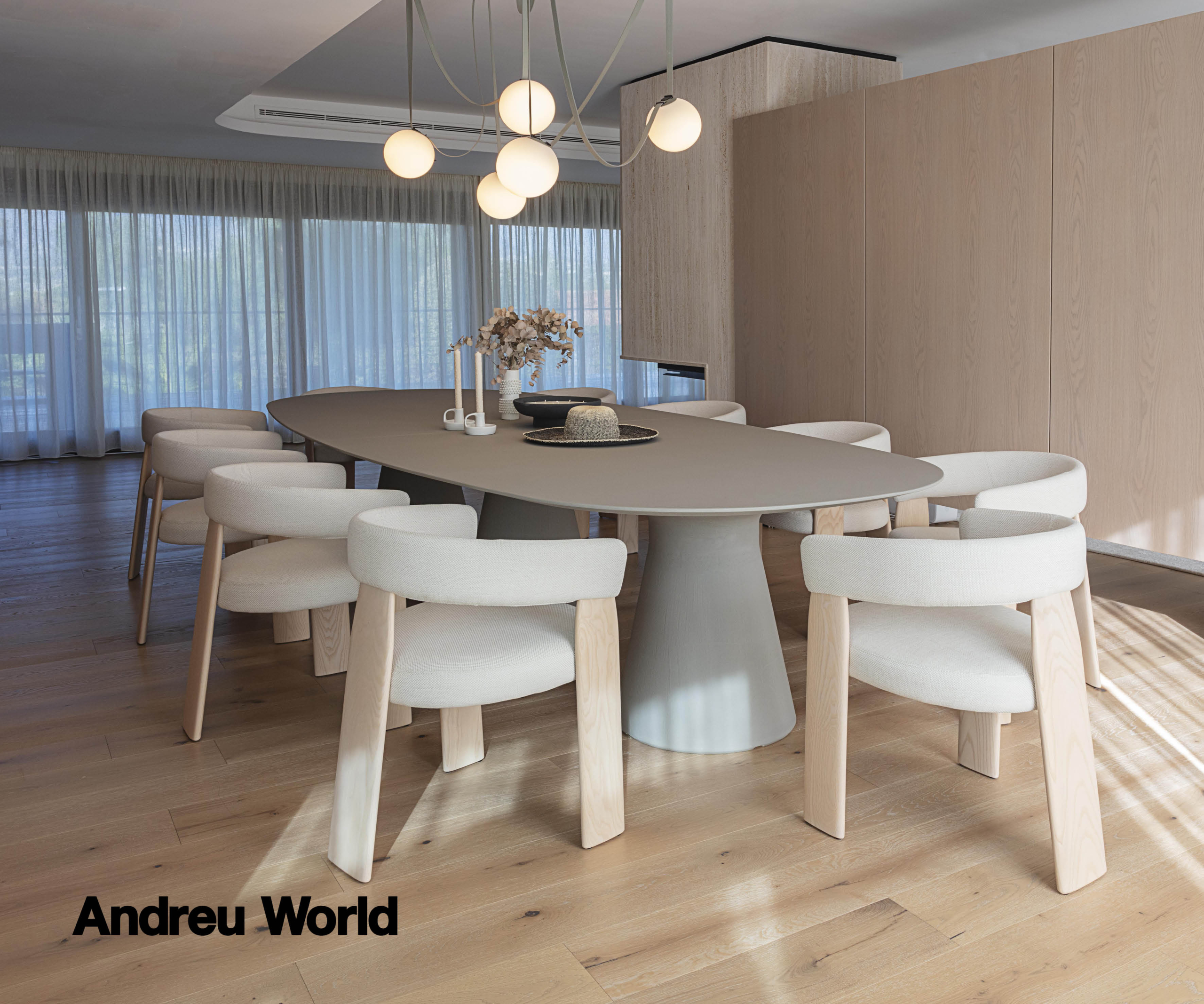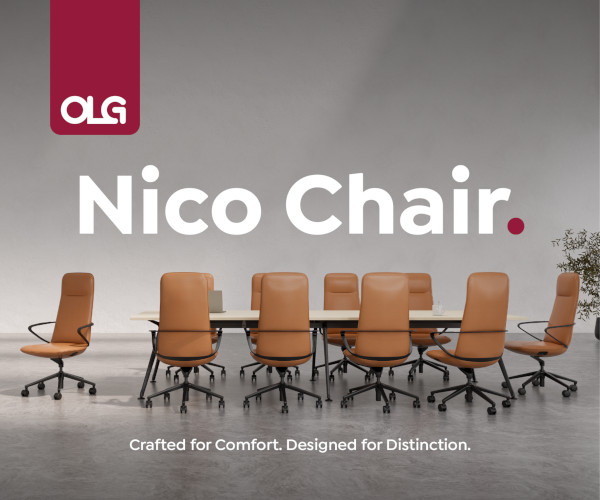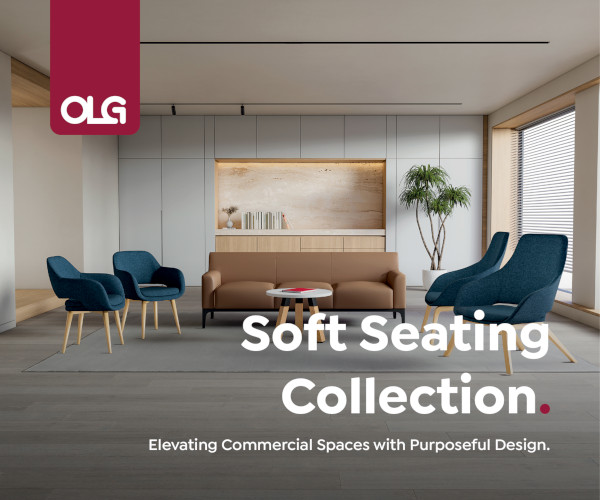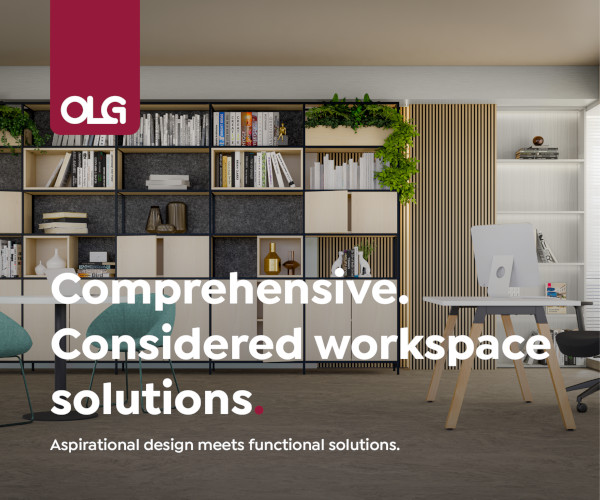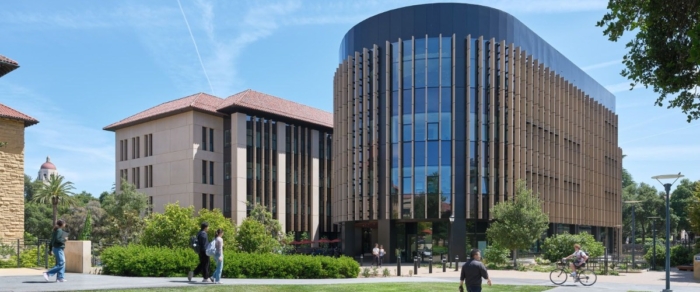Trend: Large Companies and Their Move to Efficiently Use Space
Whenever I get into a discussion of the future of work- and more specifically ideas related to more efficient use of office space like hotdesking, agile working, smart working, or the ‘new working’– there are usually two responses. Either people believe it to be the most amazing innovation since sunlight, or they think it is an abomination of all things holy.
Here are some general points about the trend, followed by some personal thoughts on it.
Efficiently Use of Space
It seems like the main thrust of these design systems is aimed at using space more efficiently. One might wonder why that is necessary, but for large organizations with large workforces, and inefficient use of office real estate can cost big bucks.
Here are some examples of what companies have done:
- Alcatel-Lucent uses 250 flexible workstations for 450 employees
- Unilever has reduced its worldwide footprint by 40%
- Eneco has 1500 workstations for 2100 employees
- Credit Suisse uses 2000 workstations for 2500 employees
- Microsoft Netherlands has reduced real estate costs by 30%
Not for Every Company
One of the biggest misconceptions about this trend is that people think every company will adopt it. In looking at the list of companies above, each is a mega corporation with thousands of employees and hundreds of thousands of square feet of office space. 40% reductions in real estate represent significant savings.
Not for Every Employee
Another misconception about these reorganizations is that they somehow affect all employees equally. But it seems that a majority of companies that have adopted have done them with workforces that are primarily sales-oriented. As salespeople are out of the office regularly, and with computer storage making paper files obsolete- companies have found that personal workstations are unnecessary.
Other companies have studied the work habits and space usage of their employees and found that they use- and often prefer- working at group tables and shared spaced rather than at a single workspace throughout the entire day. So with this data in hand, companies have attempted to create offices that cater to the way people actually work.
What about Developers?
It seems like one of the main problems that people identify with these types of arrangements is that either they don’t like working without an actual workstation to call home, or they want and need privacy to do their best work.
The main category of employee with these concerns is typically web and software developers who do very concentrative types of work, with the occasional meeting or non-computer-based collaboration. In these cases, employers should definitely hold back and on being as efficient as possible with square footage in order to get higher quality output and happier employees on the whole.
Fog Creek Software is a good example of a company that has gone the opposite direction of trends like open-plan offices and given their development staff fully-outfitted private offices.
But again, as I note above, every company doesn’t really need to think about reducing their footprint by 40% because the gains don’t actually outweigh the negatives.
And as a last thought, it will be interesting to see when these changes start making their way to the United States as all of the implementations above are European offices.

